Curtains vs Blinds: How to Choose Which Is Right for Your Home?
Date Posted:1 July 2025
Curtains or blinds? It’s the age-old question that many homeowners face when decorating or refreshing a space.
Window furnishings play a huge role in how a room feels and functions, influencing everything from light control and privacy to insulation and overall style. Choosing between curtains and blinds isn’t just about looks, it’s about finding the right balance of practicality, comfort and design to suit your home and lifestyle.
In this guide, Chrissie from No Chintz shares her expert tips and takes you through 9 key factors to consider when selecting the best window coverings for your space. Whether you’re deciding on curtains or blinds for your living room, bedroom or any other area of the home, this article will help you make an informed choice that works beautifully for you.
Q. Which should I choose, curtains or blinds?
Chrissie: Throughout my years of decorating, I’ve often seen curtains and blinds used inappropriately or not used at all when they could significantly improve a room. Soft furnishings, especially window treatments, can be an investment in your home and as such should be carefully considered.
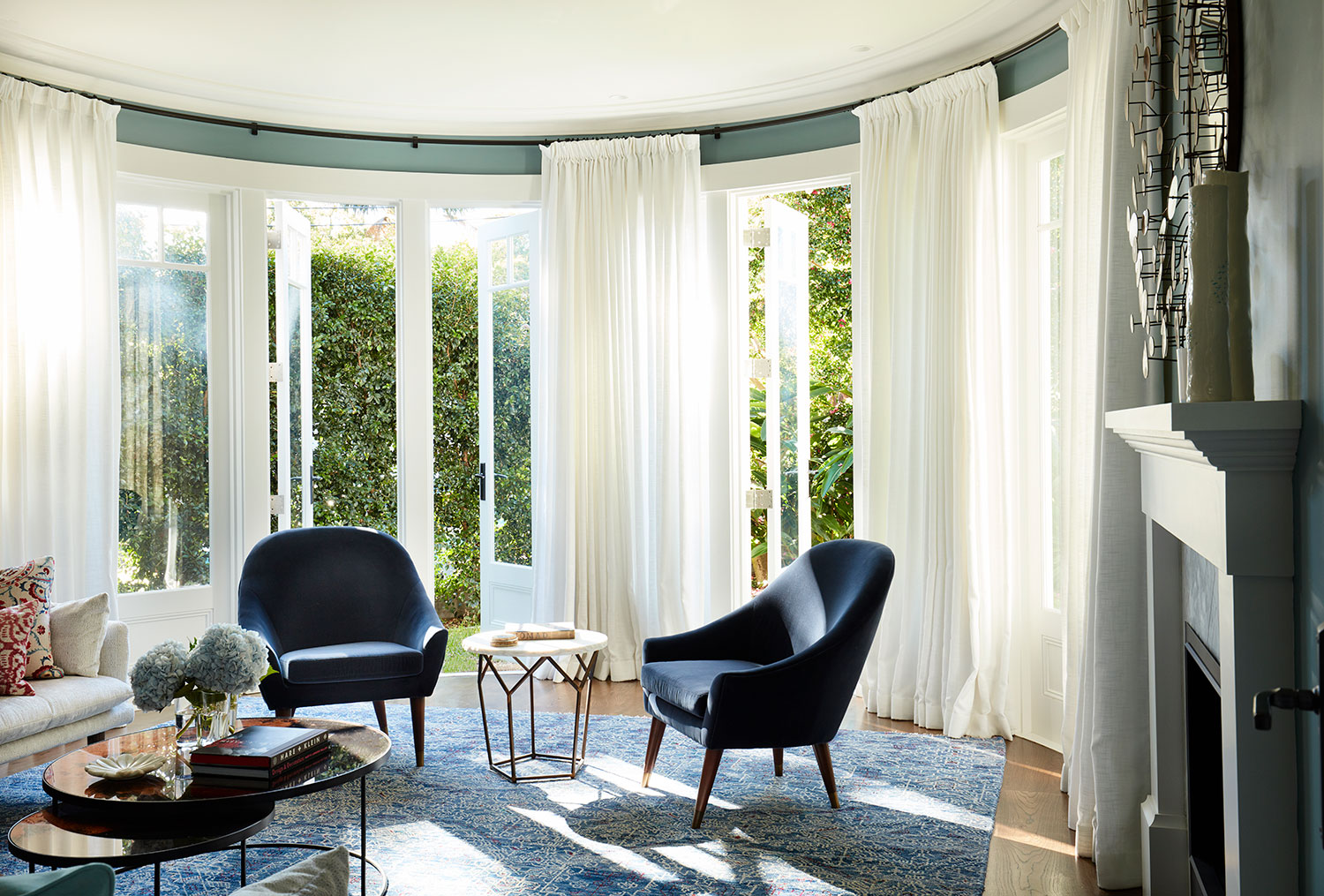
What Factors Should You Consider When Choosing Between Curtains and Blinds?
When deciding on the best window furnishings for your home, it’s important to think beyond just aesthetics. The right choice will depend on the size and function of the room, the amount of natural light, and the level of privacy or insulation you need. Below are some key factors to help you decide whether curtains or blinds are right for your space.
1. Consider the size of the room and proportions
The size and layout of your room will have a big impact on whether curtains or blinds work best. In large living rooms, dining areas or bedrooms, full-length curtains can add drama and elegance while also softening the acoustics of a big space. Floor-to-ceiling curtains, whether sheer or lined, create a luxurious, cohesive look that makes the room feel more inviting.
Smaller rooms, on the other hand, can benefit from blinds, which provide a clean and minimal look without taking up extra space. Roman blinds and roller blinds are perfect for compact bedrooms or studies where you want functionality without overwhelming the room.
As many of us spend more time at home, we’re expecting more from our interiors – our spaces now need to be comfortable, functional and energy efficient, which makes the choice of window coverings more important than ever.
2. Light Control & Privacy
Think about how much natural light you want to let in and the level of privacy you need. For bedrooms, curtains are the best option for complete blockout, especially when installed into a pelmet or recess to prevent light leaking from the top. Wall-to-wall curtains can achieve a true hotel-style darkness, perfect for a restful night’s sleep.
If you prefer blinds, choosing lined Roman or roller blinds can help reduce light entering through the fabric, but you will always get some light seepage from the sides and base. For this reason, many bedrooms work best with two layers of window treatments – a sheer layer for privacy and filtered light during the day, and a lined layer for full blockout at night.
Living rooms and multi-purpose areas like media rooms also need careful consideration. If you’re using the space to watch TV or movies, blockout curtains are ideal for reducing glare and creating a cosy atmosphere.
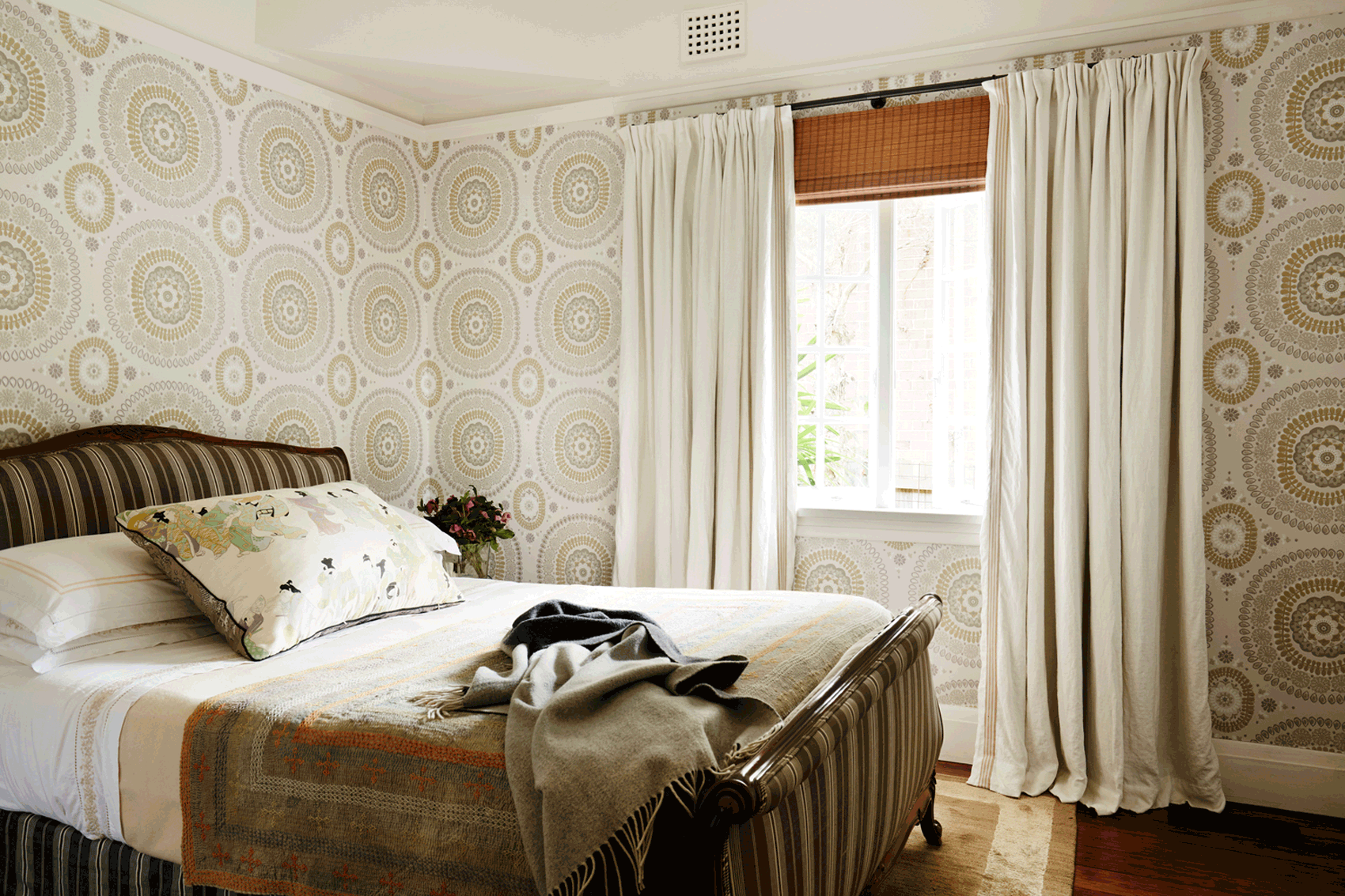
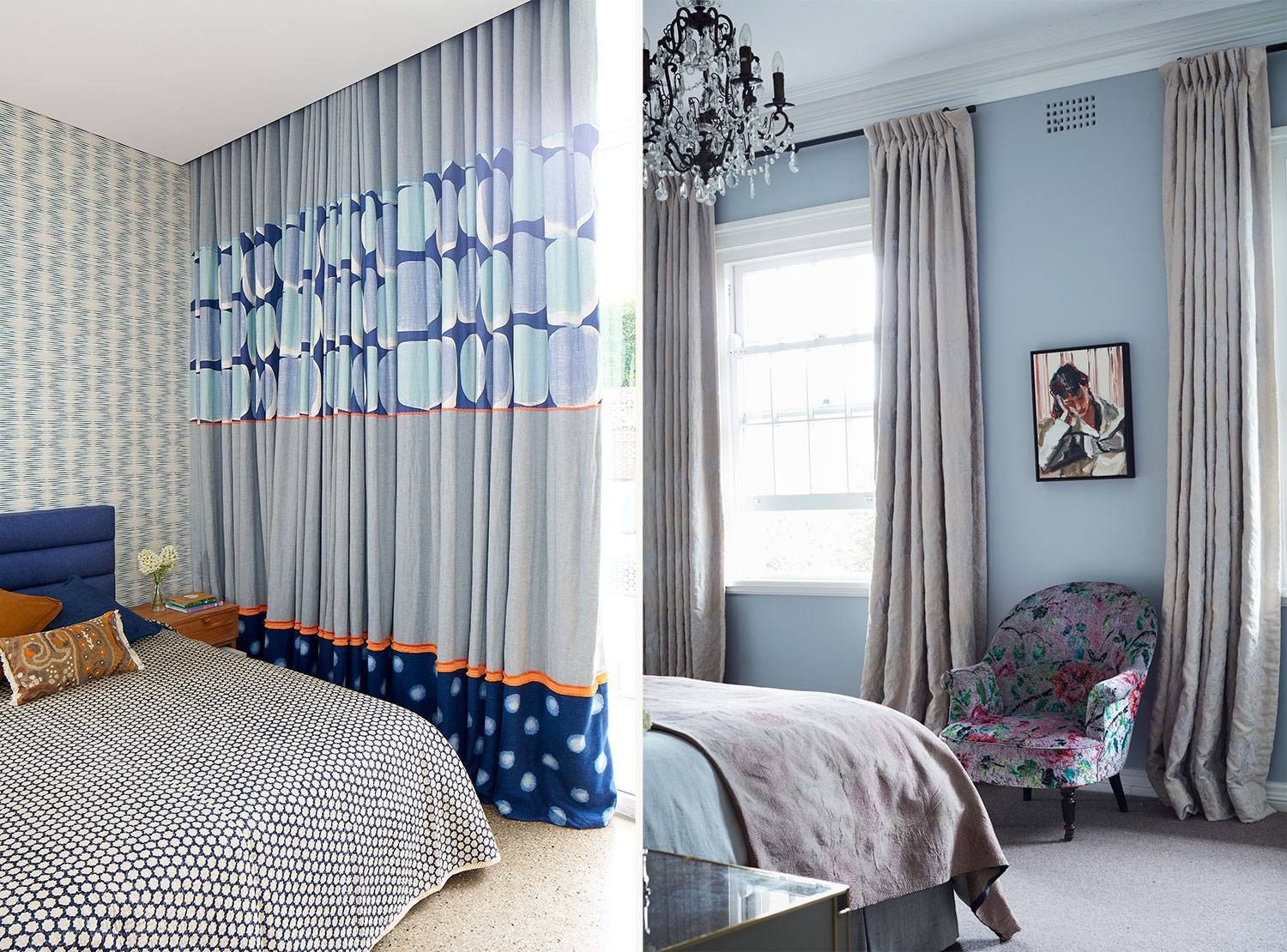
3. Furniture Placement & Functionality
Before choosing between curtains and blinds, it’s important to consider how your furniture is arranged. Placing furniture under a window, such as a bed, desk or sofa, can influence which window treatment will look and function best.
Blinds are often the most practical and visually appealing choice in these situations. They sit neatly within the window frame, allowing furniture to be placed close to or directly under the window without fabric bunching or getting in the way.
Sill-length curtains are generally not recommended as they can feel awkward and incomplete. For a clean and stylish look, blinds are the better option when full-length curtains are not practical.
Thinking about the layout of your room first ensures your window coverings complement the flow of the space, rather than competing with it.
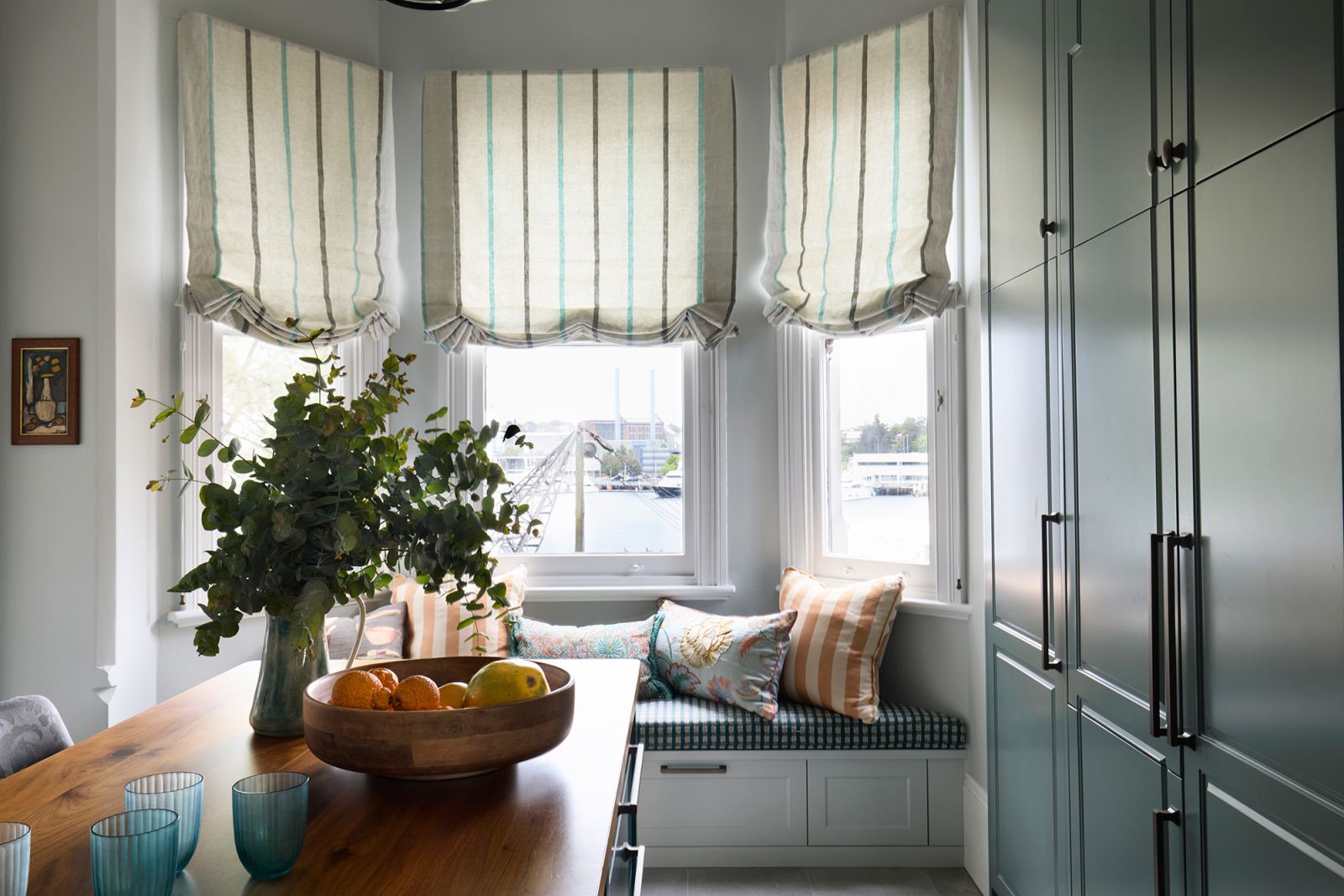
4. Window Size and Style
The size and style of your windows will also influence whether curtains or blinds are the best choice. Classic double-hung windows and French doors are considered the “supermodels” of the window world because they are versatile and look fantastic with both curtains and blinds.
Full-length curtains can add elegance and softness to French doors, while blinds provide a neat and functional solution that still shows off the beautiful design of the window. For tall or wide windows, layering a sheer curtain with a blockout blind can provide the best of both worlds: privacy and light control during the day, with full blockout at night.
When choosing window coverings for unique or oversized windows, custom curtains or blinds are often the best solution. They can be tailored to perfectly fit the proportions of your window, ensuring a polished and professional finish that standard off-the-shelf options can’t achieve.
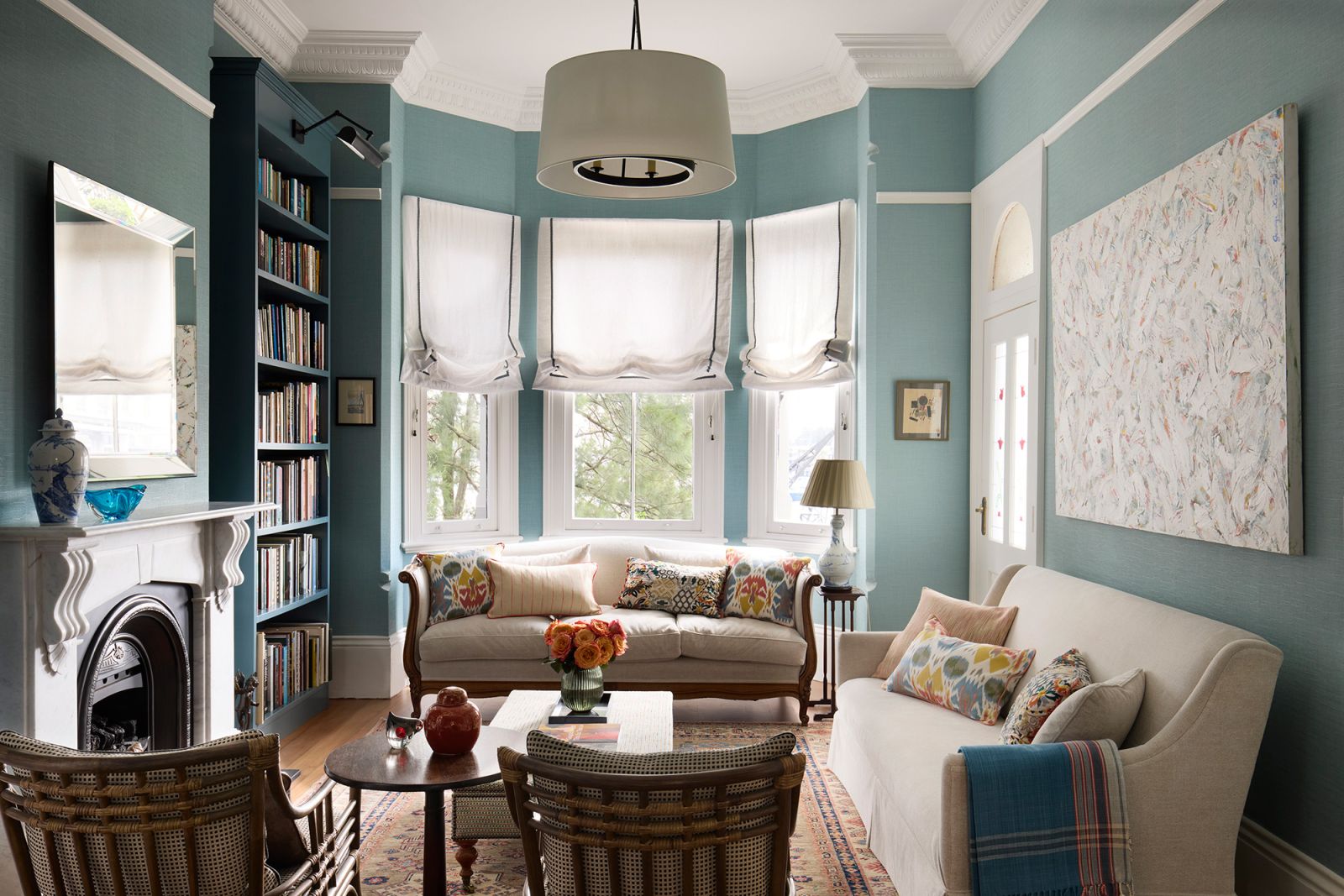
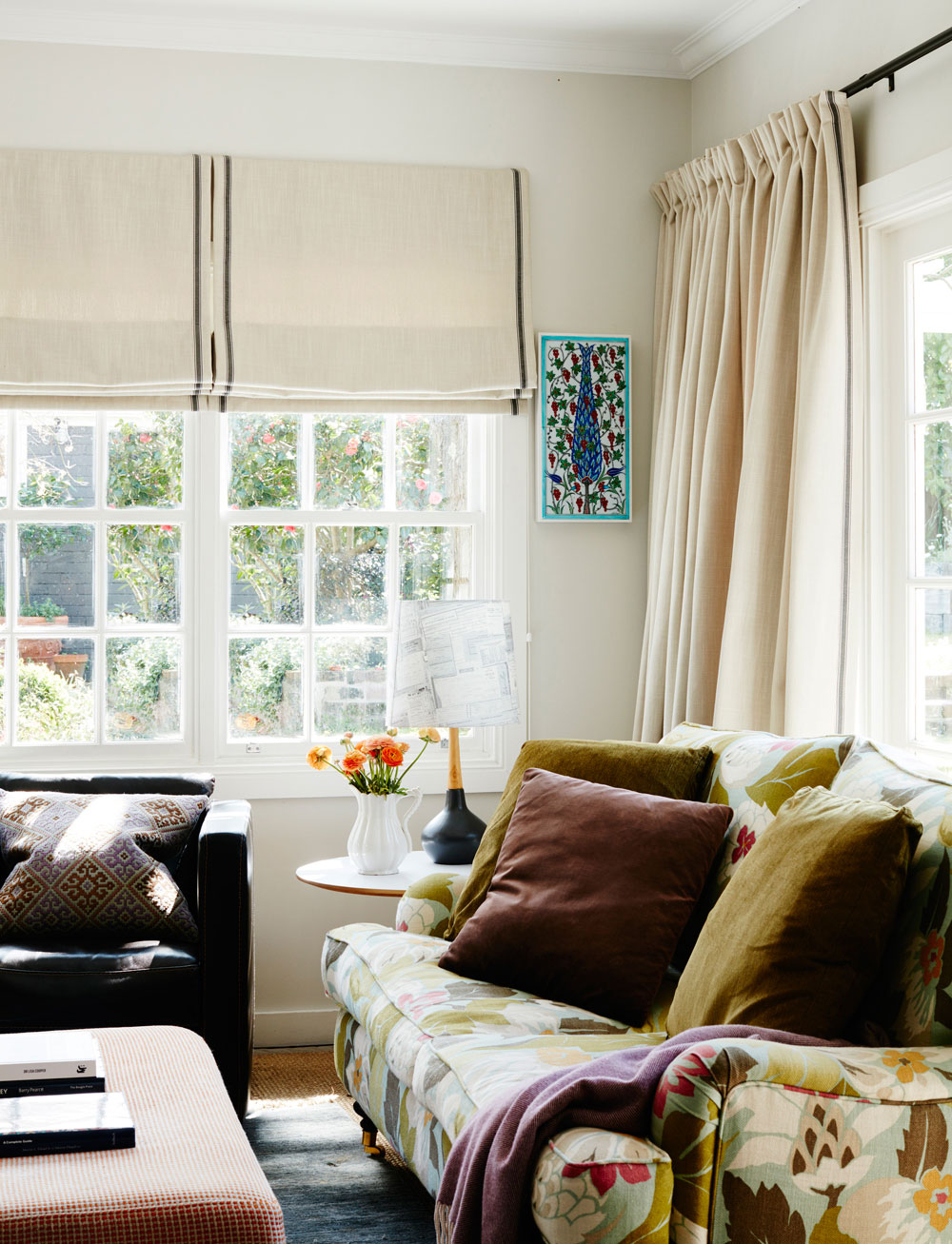
Large frameless walls of glass can be stunning, but they require careful planning when it comes to window furnishings. If you are working on a new build or renovation, it is always best to discuss curtain and blind options with your designer or architect early in the planning stages. This allows you to determine where the curtain hardware will be fitted, how far curtains will stack when open and whether the tracks can be recessed into the ceiling for a sleek, architectural finish.
For extremely wide or tall windows, consider using fabric patterns that draw the eye upward. Stripes or vertical designs can help create the illusion of height and add drama to the space. Breaking the width into three fabric sections can also be effective, creating separate “vistas” that enhance the view and prevent the window from feeling overwhelming.
Curtains for large windows should always fall to the floor. A single, full-length drop avoids creating unwanted horizontal lines and ensures a clean, elegant look. Recessing tracks into the ceiling and taking curtains to the full height of the room can create a sense of grandeur that enhances both the window and the interior design.
Narrow windows near the ceiling, especially in bedrooms, can be tricky to manage. The key is to achieve uniformity across all window coverings. Whenever possible, curtains should stack off the window to allow maximum light during the day, while Roman blinds should stack above the glass rather than covering it. Fitting curtain rods higher and extending them beyond the window frame will also visually enlarge the window and create a more balanced, proportional look.
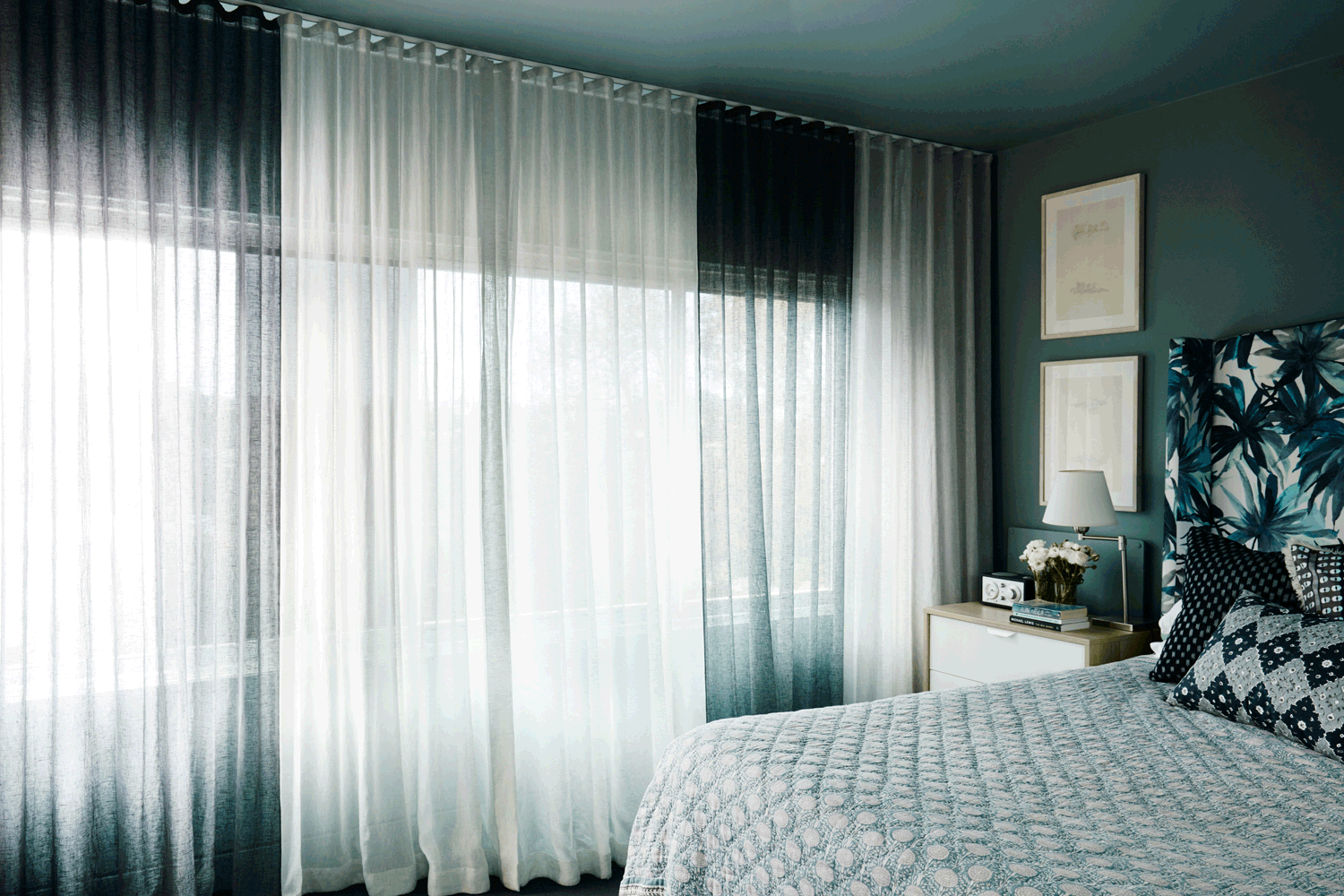
5. Roman Blinds vs Roller Blinds
When it comes to blockout blinds, Roman blinds are often the preferred choice for their elegant, tailored appearance. They add softness and texture to a room while still providing excellent light control and privacy.
Roller blinds can be a more cost-effective option, but they are generally more functional than decorative. However, when they are well measured and professionally made, both Roman and roller blinds can be neat and stylish solutions for certain windows, including French doors or spaces where curtains are not practical.
Blinds are particularly useful when there is limited space around a window or when furniture, such as a bed or desk, sits directly beneath it. They also work well when you want to keep window coverings minimal and contained, without the extra volume of curtain panels.
Choosing between Roman and roller blinds ultimately comes down to budget, style preference and how you want the room to feel. Romans are ideal for a softer, more decorative look, while rollers suit a simple, clean-lined aesthetic.
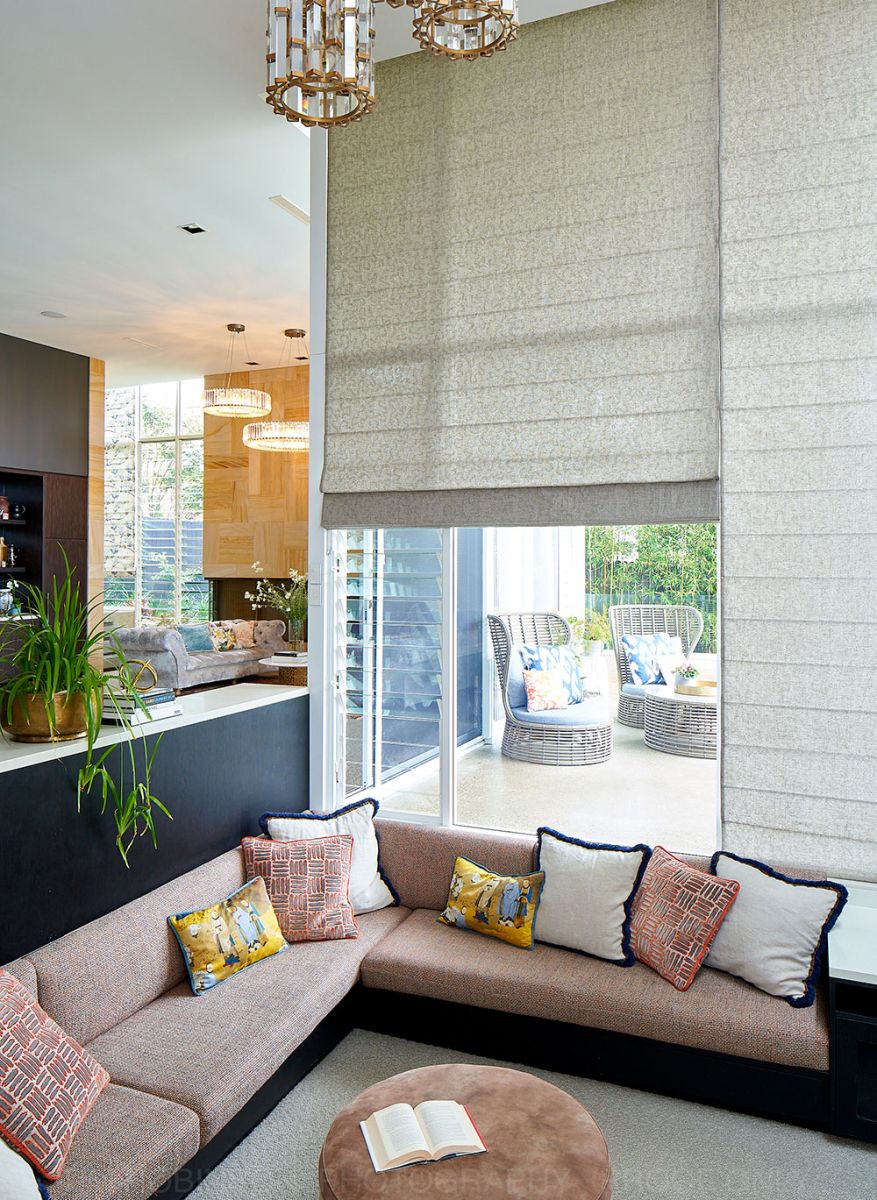
6. Insulation and Energy Efficiency
The right window coverings can make a big difference to your home’s insulation, helping to keep rooms warmer in winter and cooler in summer. Lined curtains are one of the best options for temperature control as they add an extra layer of protection against heat transfer through windows.
For even greater efficiency, consider installing a pelmet above your curtains. A pelmet helps trap warm air inside during winter and reduces heat entering during summer. Unlike a simple track or pole, which allows heat to rise above the curtain and escape, a pelmet creates a sealed barrier that improves insulation and energy efficiency.
When fitted above the window line, pelmets are particularly effective at preventing heat from seeping in across the ceiling during hot weather. Combining a pelmet with well-fitted, lined curtains is one of the most effective ways to create a comfortable, energy-efficient home while adding a polished, custom look to your interiors.
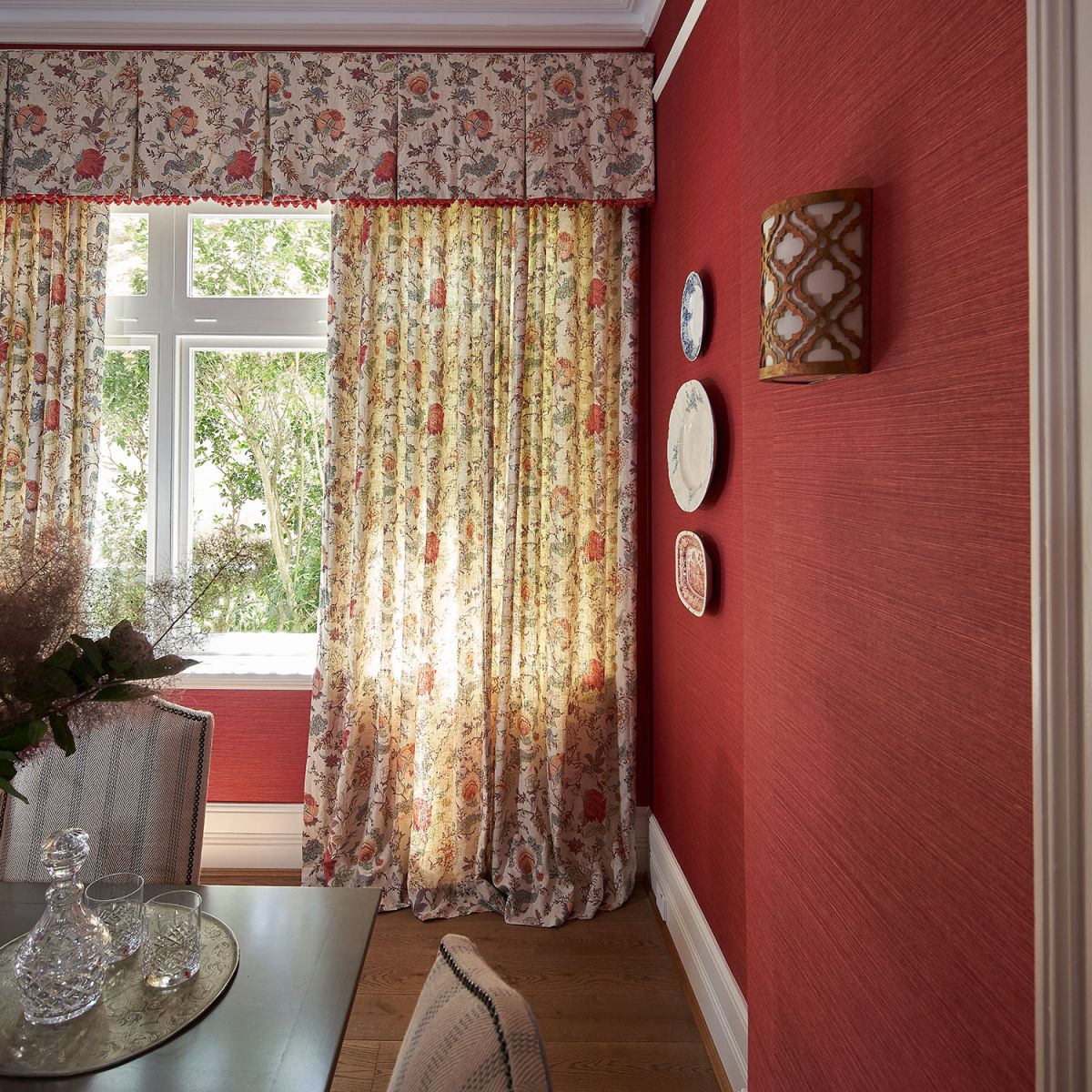
7. Choosing Window Coverings for Children’s Rooms
Children’s rooms can be challenging spaces to furnish, especially when they are small. The key is to balance practicality with effective light control to support healthy sleep routines.
Curtains are generally the best choice for blocking out light, especially when installed close to the ceiling or paired with a pelmet to prevent light escaping from the top. They also provide softness and warmth, making the room feel cosy and inviting.
However, in smaller bedrooms, blinds can be a more practical solution as they take up less space and create a clean, uncluttered look. If you choose blinds, have them made longer and wider than the window to reduce light drift from the sides and bottom.
For the ultimate combination of function and style, consider layering blinds with curtains, giving you both daytime privacy and full blockout at night.
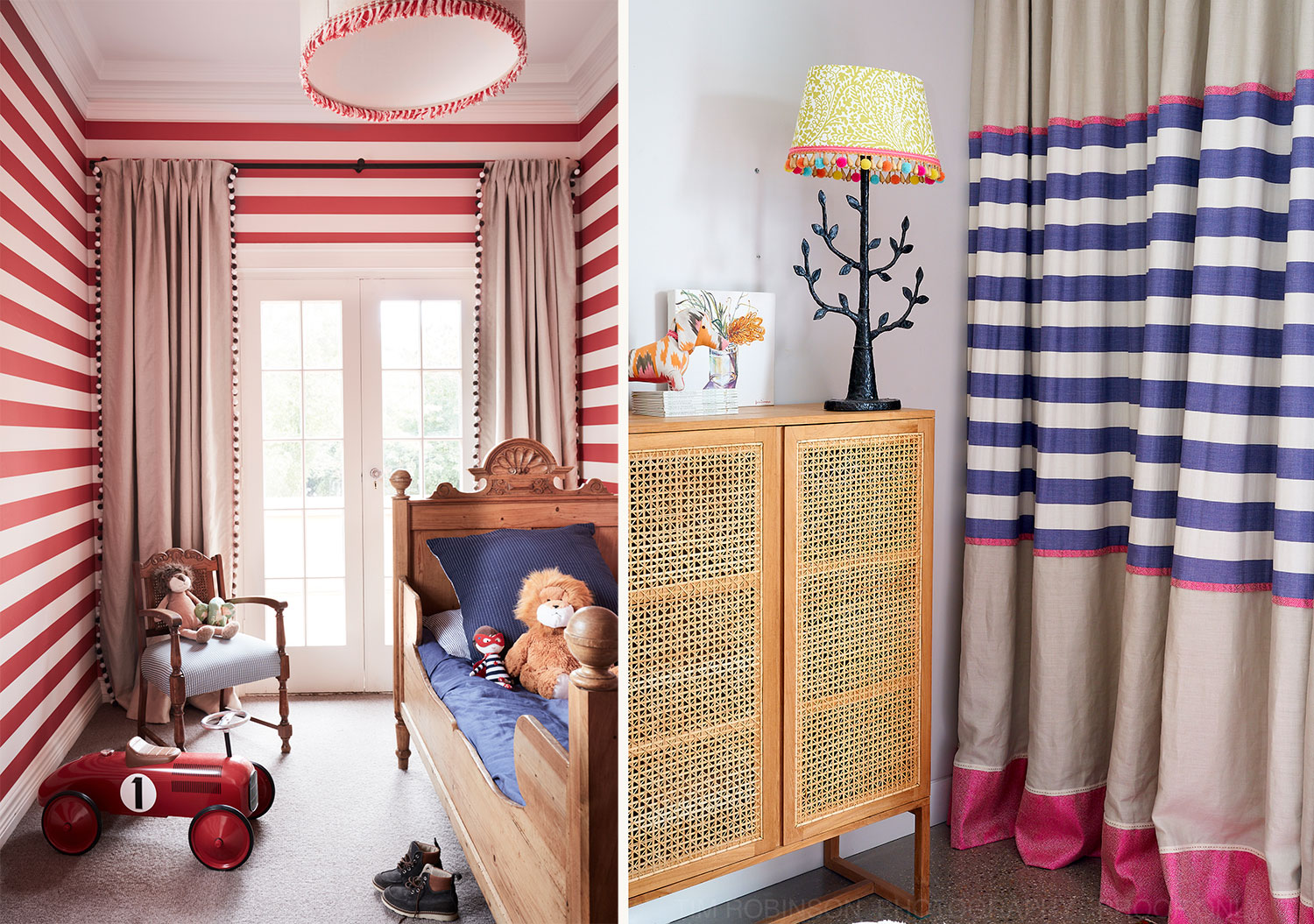
8. The Importance of Lining your Curtains or Blinds
In Australia’s harsh climate, sunlight can quickly damage fabrics and reduce the lifespan of your window furnishings. This is why lining your curtains or blinds is so important. At No Chintz, we always consider the direction a window faces before recommending the most suitable fabric and lining for long-lasting results.
We only use high-quality linings that can be attached to the face fabric, ensuring both durability and a premium finish. Pre-coated fabrics are never recommended as they tend to delaminate over time, especially in strong sunlight. Proper lining not only protects your curtains and blinds but also improves insulation, helps block out light more effectively and enhances the overall look and drape of the fabric.
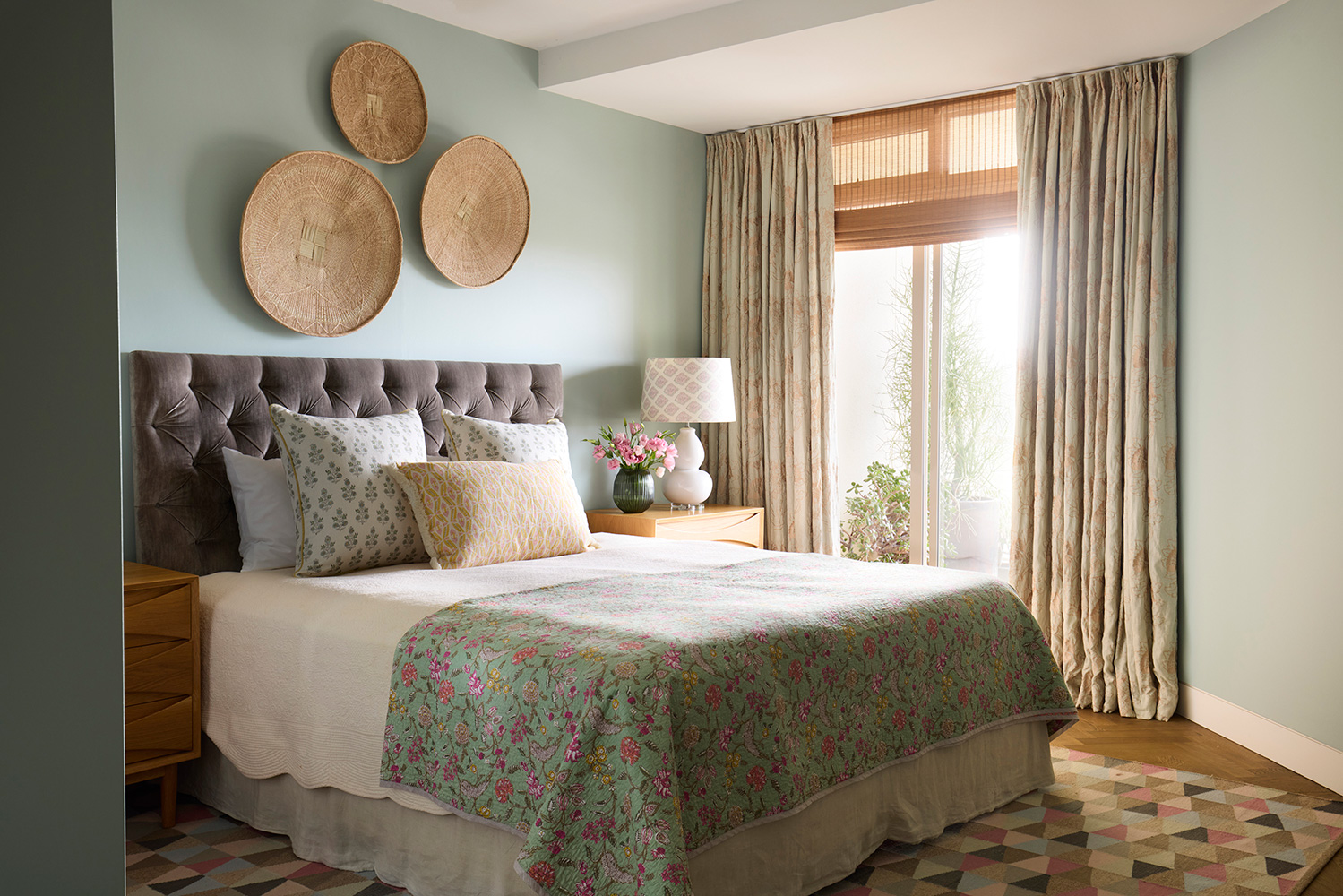

9. Cost and Longevity of Curtains VS Blinds
When comparing curtains vs blinds, it’s important to consider not just the upfront cost but also the lifespan of each option. Well-made, properly cared-for curtains can last 15 to 20 years or even longer, making them a long-term investment in both style and functionality.
The longevity of curtains comes down to more than just the fabric. It’s about the quality of the materials, how they are constructed, the type of lining used and the hardware they are hung from. Investing in custom-made curtains means you are paying for craftsmanship and performance that will stand the test of time.
When you consider that curtains can last decades, far longer than most cars or even mattresses, they represent excellent value for money over the long term. Quality window furnishings not only enhance the look of your home but also improve comfort, insulation and energy efficiency year after year.
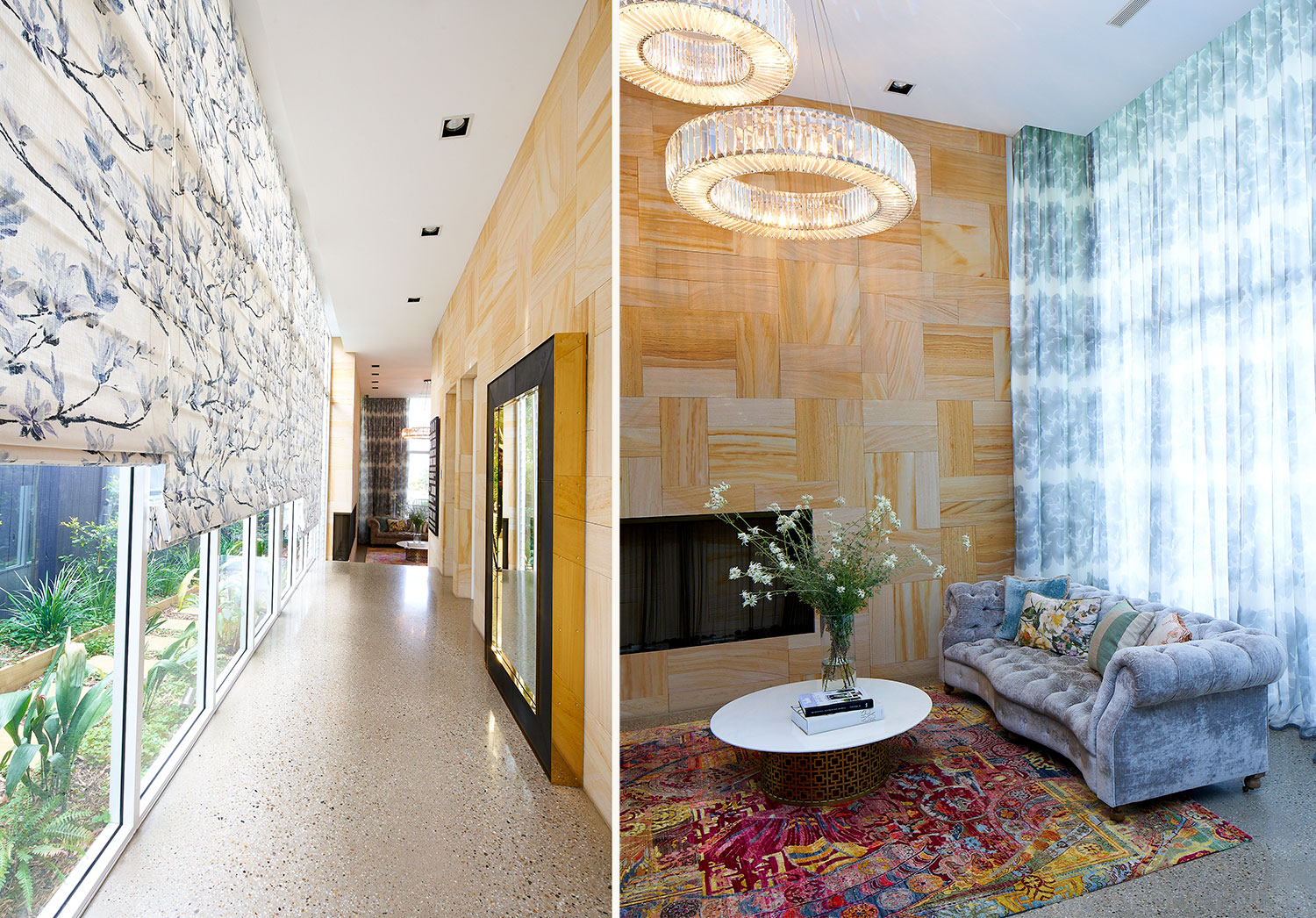
Choosing the right curtains or blinds can completely transform your home, improving comfort, style and functionality for years to come. At No Chintz, we specialise in custom-made window furnishings, helping you find the perfect solution for your space with expert advice and beautiful, high-quality fabrics.
Visit one of our three Sydney stores in Mosman, Willoughby or Woollahra to explore our full range and speak with our experienced team about your project. We can guide you through fabric selections, provide a comprehensive DIY measuring sheet and advise on the best treatments for your windows.
Not in store yet? Simply complete our custom make enquiry form online and include a few photos of your windows. Our team will be in touch to help you create window coverings that are as practical as they are beautiful.
Whether you’re in Sydney’s Lower North Shore, Eastern Suburbs or beyond, No Chintz is your trusted destination for custom curtains, blinds and bespoke soft furnishings that elevate your home and stand the test of time.





